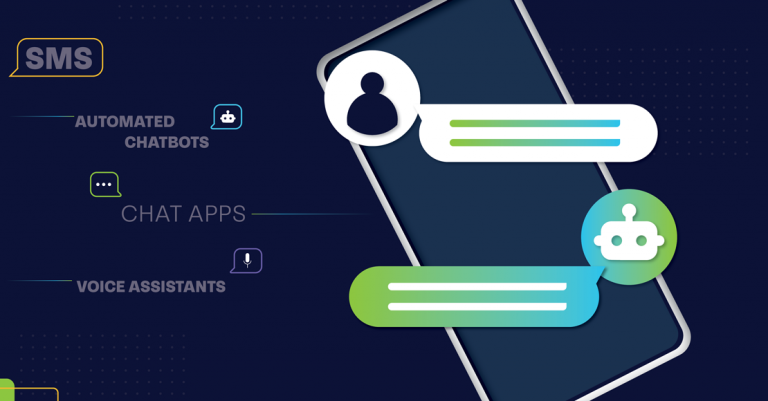
App development platforms
Business owners need to keep up with trends, especially in today’s fast-paced tech-forward world. This often means creating apps for their business. An app is a fantastic tool to drive brand awareness, sales, and leads, but app development can be difficult and time-consuming. And so, in comes the low-code development platform to save the day.
A low-code development platform allows businesses with little to no access to advanced software to create apps easily and without the need to learn difficult code. It is burgeoning in popularity, and the business world is fast catching on to this app development methodology.
What is low-code development?
Low-code development is a Lego-like approach to building software. It allows developers and business owners to use a simple ‘drag-and-drop’ or wizard-driven system to create apps without the need for manual programming.
Low-code development platforms use visual and declarative techniques, which can define data, logic, flows, forms, and other application artifacts without the need for writing code. These tools allow laypeople to drag and drop application components, or follow a wizard-driven process, to build apps much as you would do with Lego blocks. All of the project’s pieces, such as frontend and backend code and configuration files are generated automatically, based on best practices, making it easier for non-developers to create the perfect app.
These platforms are used by both development teams and non-developers and allow the user to create a customized app or service for their business in a significantly shorter time frame than what is usually needed for app development. Business owners can produce an app in a few hours as opposed to a matter of weeks by using these platforms.
Related: 4 Advantages of implementing a low code development platform
What are the features of low-code development platforms?
Because these platforms are geared towards both IT developers and citizen-developers (the business owners), there are certain features that have been put into place to make it easier to create apps for those who find coding difficult.
Drag-and-drop, or wizard-driven interfaces
One of the most appealing features of the low-code development platform is that it has an easy-to-use interface, where modules can be dragged and dropped as required to create software and apps. Very little ‘hard coding’ will need to be done for app development.
Visual modeling
Visual modeling allows those using the low-code development platform to visually represent the different processes in their code before implementation is finalized. It allows you to have a visual guide to your app, which is ideal for those who are not familiar with the hard coding.
Reusability
One of the major drawcards of low-code development platforms is that many of the features are already pre-built into the modules, and can be dragged and dropped, or set up via a wizard, whenever required. This is a major part of reusability. Having an ‘app store’ where modules, assets, and applications can be reused is essential for any app development.
Cross-platform accessibility
Many of the low-code development platforms out there have cross-platform accessibility and allow you to build apps that have a cross-platform accessibility feature. This allows you and your staff to access it from any destination and platform, making it easy to work on any issues, should they arise. Building an app with multi-channel compatibility will also improve consumer experiences.
What are the best practices for success?
So, you want to start using a low-code development platform in your company? There are some simple pieces of advice that you can follow to make the most of this and create a high-performing app.
Start small
An effective way to learn the ropes of low-code development is to start with the smallest, simplest platform and then move on to more complex platforms. Your staff will find it easier to start with a simple base and will be more likely to stick with these platforms if their first experience with low-code development is a success.
Similarly, you should start out by creating a simple app, such as a form submission. This will eliminate stress from employees and will allow them to practice on the platform. By starting small, you can build up your expertise and experiment with different apps once you’ve learned the basics. Starting small with this type of platform also allows you to grow alongside it as the companies develop more features.
You can do it yourself
Low-code development platforms do not need much help, if any, from a development team. You might find that you need some advice from time to time about how to update applications, but using this platform takes away the need to have a development team to produce applications.
Successful low-code development platforms like Clickatell Touch bring users closer to IT and allow them to create applications without the need to use a development team. Of course, as a lay-person, you might feel as though you need the advice of a developer but using these platforms is easy and efficient.
Don't replace your development team
While a low-code development platform is meant to take the place of certain development tasks, it is not advisable to replace your development team in favor of solely using this platform. Without the involvement of the development team, businesses run the risk of deploying conflicting applications.
Successful low-code development is best done when the development and business teams work closely together. Low-code development might be the ideal solution for businesses but if you don’t have a development or IT team to help with issues you may not understand, you might find your success rate dropping.
Low-code does not mean low quality
Using a low-code development platform might sound as though you are compromising on quality, but in fact, you can personalize to create the perfect app to suit your needs. As a business, an app can help immensely to sell your products and services, and creating one yourself will eliminate the need for learning hard coding or your development team spending hours on difficult processes. Low-code development allows anyone to become a developer, but it’s important to start small and keep your development team involved so as to avoid any mistakes. Have a look at Clickatell Touch. With a few quick clicks, you’ll be able to set up an omnichannel solution that will allow for two-way communication with your customers on the channel of their choice.
Explore other articles
Step into the future of business messaging.
SMS and two-way channels, automation, call center integration, payments - do it all with Clickatell's Chat Commerce platform.








